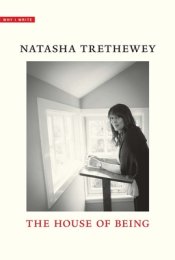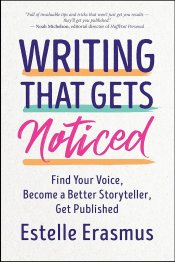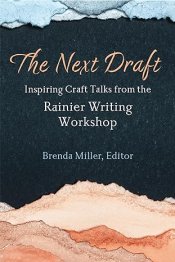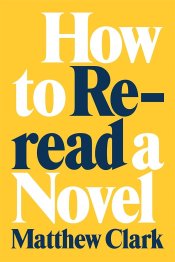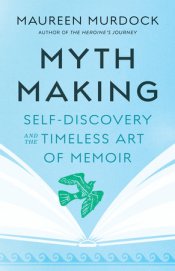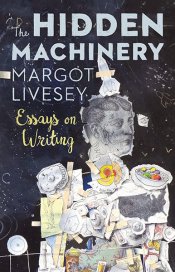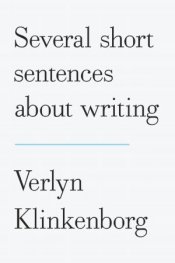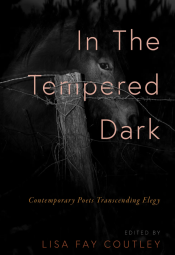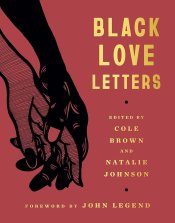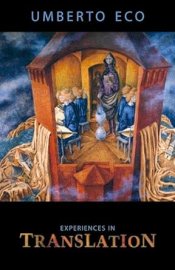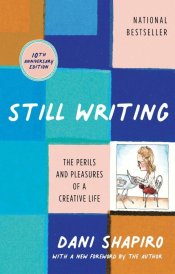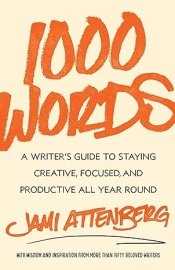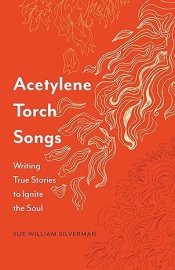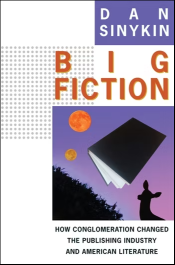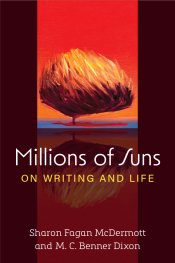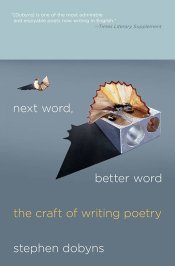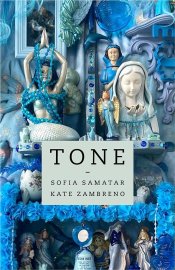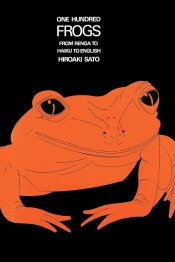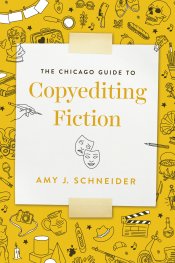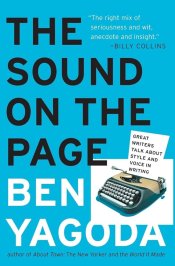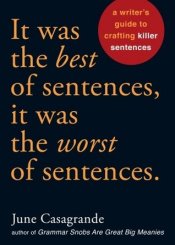Poetry Unbound: 50 Poems to Open Your World
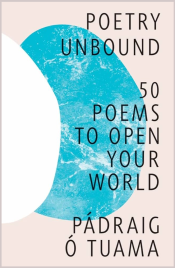
This poetry anthology is an expansion of the Poetry Unbound podcast hosted by Pádraig Ó Tuama, in which each episode is a close examination of a single poem. Fifty poems from contemporary poets, including Margaret Atwood, Reginald Dwayne Betts, Ilya Kaminsky, Ada Limón, Layli Long Soldier, and Ocean Vuong, have been chosen for the way they speak about the human experience and reckon with self-acceptance, history, independence, parenthood, identity, joy, and resilience. Each poem is introduced with a short essay about why the poem was chosen, and an essay following the poem reflects on the poet’s craft and choice of language and form. “I chose these fifty poems because together they help us to see what can happen when we pay attention to our lives,” writes Ó Tuama in the introduction. “When a poem lands in your life, it really lands, adding new richness and texture to your world.”






